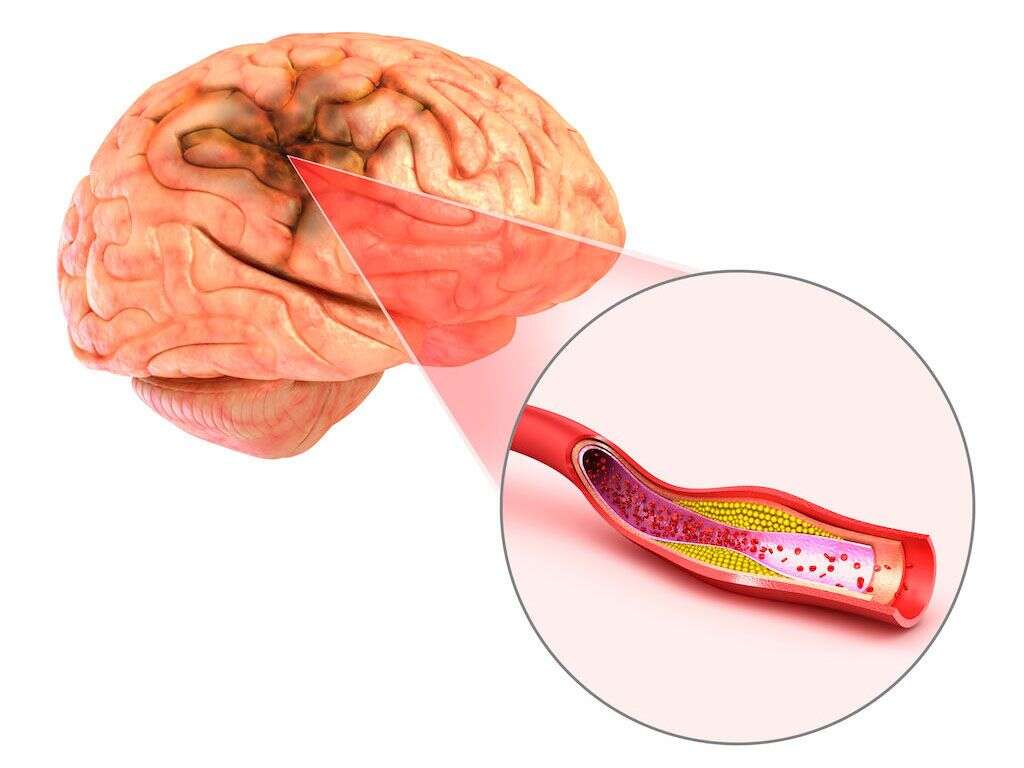What Is Bell's Palsy?
Bell’s palsy is a facial paralysis resulting from the damage or trauma of the 7th cranial nerve or the facial nerve. The nerve moves through the fallopian canal, a narrow, bony canal in the skull beneath the lobule of the ear, then moves to the sides of the face. The nerve is responsible for controlling many facial expressions such as eye blinking and closing, smiling, frowning, and carrying nerve impulses to the tear glands and salivary glands. It is also important for hearing because it carries nerve impulses to the muscles of the stapes, a small bone in the middle ear, and nerve impulses from the tongue to the brain.
Damage or trauma to this cranial nerve causes a disruption of all these functions. This condition is called Bell’s palsy. When Bell’s palsy develops, the above facial functions are disrupted. This means that nerve impulses reaching the facial muscles are interrupted such that they no longer have the intended effect. This leads to facial paralysis or weakness.

1. Symptoms of Bell’s Palsy
Bell’s palsy is characterized by the one-sided facial drop occurring within the first 72 hours. In rare instances, Bell’s palsy affects both sides, causing complete facial paralysis. The patient loses control over a number of functions including blinking, closing the eyes, smiling, frowning, lacrimation, raising eyebrows, and salivation.
Additionally, the patient loses taste sensation in the anterior two thirds of the tongue on the affected side. This occurs because a branch of the facial nerve, or chorda tympani nerve, carries the taste sensations from this particular area. Loss of feeling in the face, headache, tearing, pain around the jaw, in or behind your ear on the affected side, drooling, and hypersensitivity to sound are among the more common symptoms.

2. Causes of Bell’s Palsy
The real cause of Bell’s palsy is unknown. The condition occurs when the facial nerve becomes inflamed, compressed, or swollen. Most researchers believe that viral infections may be the main cause of the nerve damage.
Examples of viral infections that may lead to Bell’s palsy include viral meningitis, herpes simplex infections, and common cold.

3. Inflammation or Infection
When the facial nerve swells and becomes inflamed, it increases the pressure within the Fallopian Canal.
This pressure cuts off blood and oxygen supply to the nerve cells, leading to ischemia. Some conditions are associated with influenza, different types of headaches, ear infections, hypertension, diabetes, tumors, diabetes mellitus, and facial and/or skull fractures.

4. Bell’s Palsy and Chronic Diseases
While Bell’s palsy occurs following inflammation and swelling resulting from injury or infection, which interferes with the functioning of the facial nerve, there is a lot that remains unknown about the condition.
It is sometimes associated with chronic diseases like high blood pressure, diabetes, multiple sclerosis, Lyme disease, and Guillain-Barre syndrome. This association is, however, not well understood.

5. Complications
In most instances, patients experience an episode of Bell’s palsy with no further complications and usually have a full recovery. Problems occur when the condition is severe. The complications include severe damage of the facial nerve, leading to loss of most or all functions on one side of the face.
Due to the severe decrease in the production of tears, the eyes become excessively dry. Dry eyes are exposed to eye infections, ulcers, and blindness if the condition persists without treatment. Another complication of Bell’s palsy is synkinesis. This is involuntary movement of one part of the body when the patient moves another part. For example, when the patient smiles, the eyes close involuntarily.

6. Disease Process
The disease begins with an infection or another health problem. Viral infections such as herpes simplex cause inflammation of the facial nerve. Similar to inflammation in any tissue, when it affects tissues around the nerve, swelling occurs.
When this happens, and bearing in mind that the facial nerve travels through a bony pathway, swelling causes compression of nerve cells and the nerve sheath. This prevents blood and oxygen from reaching the nerve cells, which can cause them to die, interrupting nerve impulses. This is why the areas served by the facial nerve stop functioning. The face droops, and sensations are lost because the facial nerve cannot provide the communication path between the affected part of the face, and the brain.

7. Exercises to Ease Effects of Bell’s Palsy
To restore some of the functions of the facial nerve, some exercises are recommended. These include a facial workout. To do it, sit and relax in front of a mirror. Try to raise your eyebrows using the fingers if necessary. Secondly, pull the eyebrows together and frown, then try to wrinkle the nose, take a deep breath, and flare the nostrils.
For the mouth, try to move the corners outward. Then try to put a smile on your face by pulling one side of the mouth up, then the other side. You can start by using your fingers but afterward, try to smile again without using them. For the eyes, try to keep your head still and look down using only your eyes. Put your index finger on the eyelid to keep it closed. In order to prevent stiffness, pull the eyebrow using the other hand and massage the eyebrow line.

8. Diagnosis
Bell’s palsy is generally diagnosed by physical examination. The most common clinical presentation is the inability to move the facial muscles of one side, and the characteristic facial appearance. It is essential to exclude other causes of facial paralysis.
However, there is no specific test to diagnose Bell’s palsy. Electromyography is done to confirm the facial nerve damage and determine the site and severity of the damage. Blood tests are done to see whether the patient has other diseases or not. Magnetic resonance imaging and a CT scan is done to exclude any structural causes of the condition.

9. Treatment
Bell’s palsy generally improves with time and spontaneous full recovery takes about 9 months. The symptoms usually improve without any treatment with the facial muscles regaining their normal strength and functions.
Treatments are symptomatic and aimed at helping to speed up the recovery process. Corticosteroids reduce inflammation, antiviral or antibiotic medications are prescribed if the cause is viral or bacterial, and painkillers such as ibuprofen or acetaminophen are used to relieve mild pain. Eye drops are essential for preventing eye dryness and ulcers. Some home remedies for Bell’s palsy include eye patches to prevent dryness, warm, moist towels over the affected side to relieve pain, facial massages, and facial exercises.

10. Long-Term Outlook
The prognosis for Bell’s palsy patients is usually good. In most cases, patients recover completely within 9 months. However, recovery time differs depending on the severity of the facial nerve damage. After 14 days from the onset of the symptoms, patients begin noticing improvement.
If the condition continues, other treatment options can help to relieve the symptoms. These include physical therapy to increase the strength of the facial muscles, plastic surgeries for improving the appearance and symmetry of the face, and Botox injections to relax the facial muscles and prevent muscle contractions.











